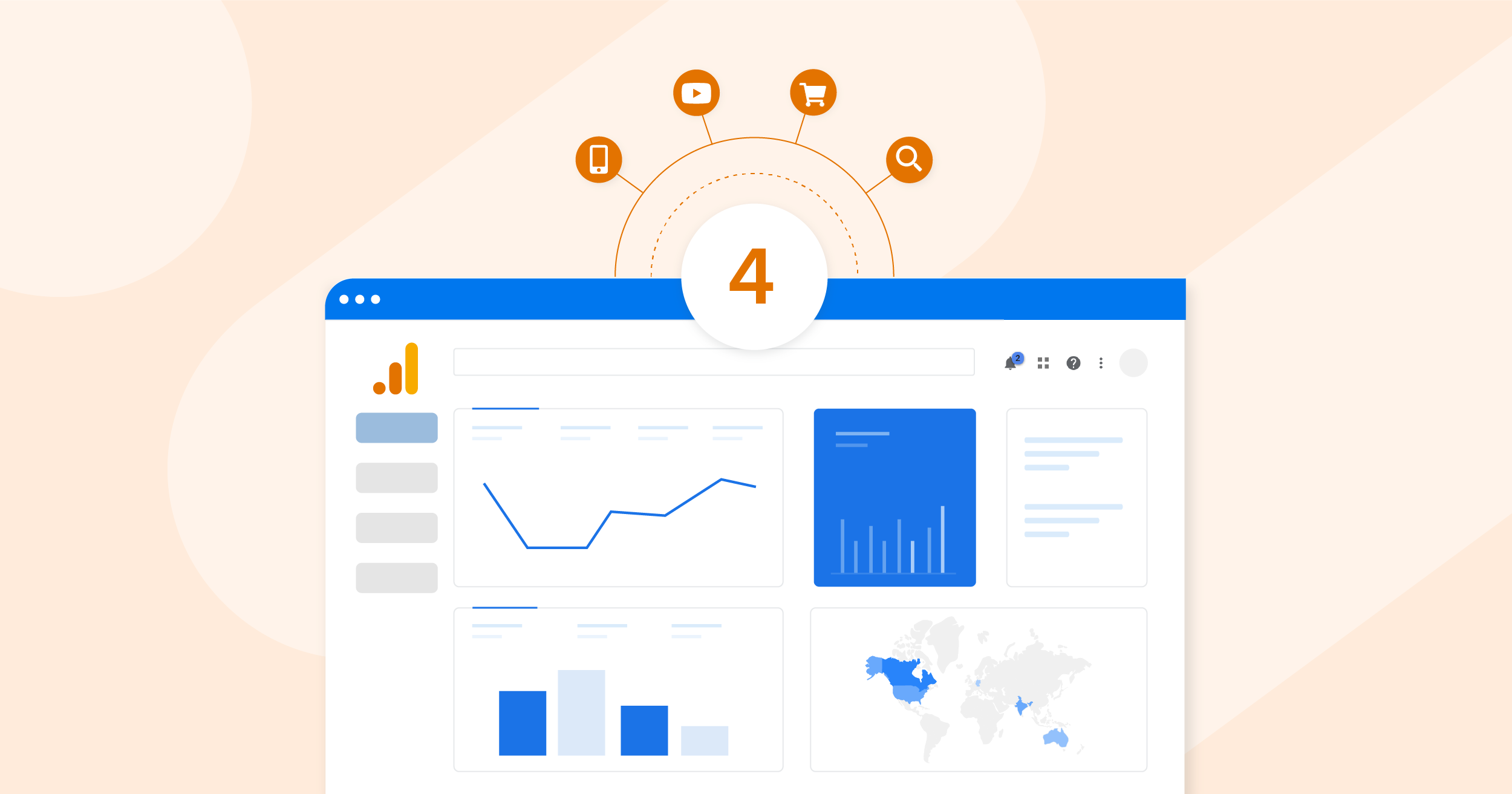Learn how to set up and optimize Google Analytics to track your website stats and make data-driven improvements.
Why Google Analytics is essential for your website
Google Analytics is an essential tool for website owners and marketers. It provides valuable insights into how your website is performing and allows you to make data-driven decisions to improve its effectiveness. With Google Analytics, you can track important metrics such as the number of visitors, their demographics, the source of traffic, and the behavior of your users on your website. This information helps you understand your audience better and make strategic decisions to enhance the user experience and boost conversions.
By using Google Analytics, you can identify the strengths and weaknesses of your website. It helps you determine which pages are performing well and which ones need improvement. By analyzing the data provided by Google Analytics, you can optimize your website for better user experience, increase engagement, and ultimately drive more conversions. Without Google Analytics, you would be operating blindly, without any concrete data to guide your decision-making process.
Step 1: Creating a Google Analytics account
To get started with Google Analytics, the first step is to create an account. Go to the Google Analytics website and sign in using your Google account. If you don't have a Google account, you will need to create one. Once you're signed in, click on 'Start for free' to begin the setup process.
Follow the prompts to provide the necessary information about your website, such as the website name, URL, industry category, and time zone. Make sure to read and accept the terms of service and data processing terms. Once you've completed the setup process, you will receive a unique tracking ID for your website.
Step 2: Installing the tracking code
After creating a Google Analytics account, the next step is to install the tracking code on your website. The tracking code is a small piece of JavaScript that collects data about the visitors to your website and sends it to Google Analytics.
To install the tracking code, you need to add it to every page of your website. The easiest way to do this is by using a plugin or a tag manager like Google Tag Manager. If you're comfortable with editing code, you can also manually insert the tracking code into the HTML of your website's pages. Once the tracking code is installed, Google Analytics will start collecting data about your website visitors.
Step 3: Setting up goals and conversions
Setting up goals and conversions in Google Analytics allows you to track specific actions that users take on your website. This can include completing a purchase, filling out a contact form, or signing up for a newsletter. By setting up goals, you can measure the success of your website in achieving these objectives.
To set up goals, go to your Google Analytics account and navigate to the 'Admin' section. Under the 'View' column, click on 'Goals'. From there, you can create a new goal and define the specific action or outcome you want to track. You can choose from different goal types and set up corresponding details, such as the URL of the page or event to track. Once your goals are set up, Google Analytics will track and report on the conversions and the success of your website in achieving those goals.
Step 4: Using Google Analytics reports to gain insights
Once you have set up Google Analytics and collected data, you can start using the reports to gain valuable insights about your website's performance. Google Analytics offers a wide range of reports and metrics that can help you understand your audience, measure your marketing efforts, and identify areas for improvement.
Some of the key reports you can explore include the Audience report, which provides information about your website visitors, such as their demographics, interests, and behavior. The Acquisition report shows how users are finding your website, whether through organic search, paid advertising, or social media. The Behavior report reveals how users navigate and interact with your website, including the pages they visit and the actions they take. The Conversions report tracks the completion of goals and conversions on your website.
By regularly analyzing these reports, you can identify trends, spot opportunities for optimization, and make data-driven decisions to improve your website's performance.










